'How do we live with ourselves? The Australian national conscience' by Alan Atkinson
'Never have sentinels between the human and the inhuman been more necessary.'
Michael Ignatieff, The Warrior's Honor[i]
When Australian federation was being planned and its implications first worked through, various men and women with agendas of their own set themselves to make something of it. For some, it was all about internal free trade. For some it was about the equal participation of women with men in affairs of state. For some it was about uniformity of race, language, and/or accent. For some it was about the military defence of the continent. For some it was about wage justice. And so on.
For one Fremantle-born clergyman the most pressing matter was the creation of a national conscience for his country. Charles Lefroy believed that this new edifice, this Australia, must be a temple reaching to heaven. Lefroy was exercised by two ideas. The nation had been built, and was being built, on the subjugation of the original inhabitants. Also, for such as Lefroy, if power lost touch with conscience, then Christianity, on which his world rested, had no point. There was at least a hint of unworldliness in Lefroy's efforts, but as a pioneer in the field he deserves some glory.
Continue reading for only $10 per month. Subscribe and gain full access to Australian Book Review. Already a subscriber? Sign in. If you need assistance, feel free to contact us.



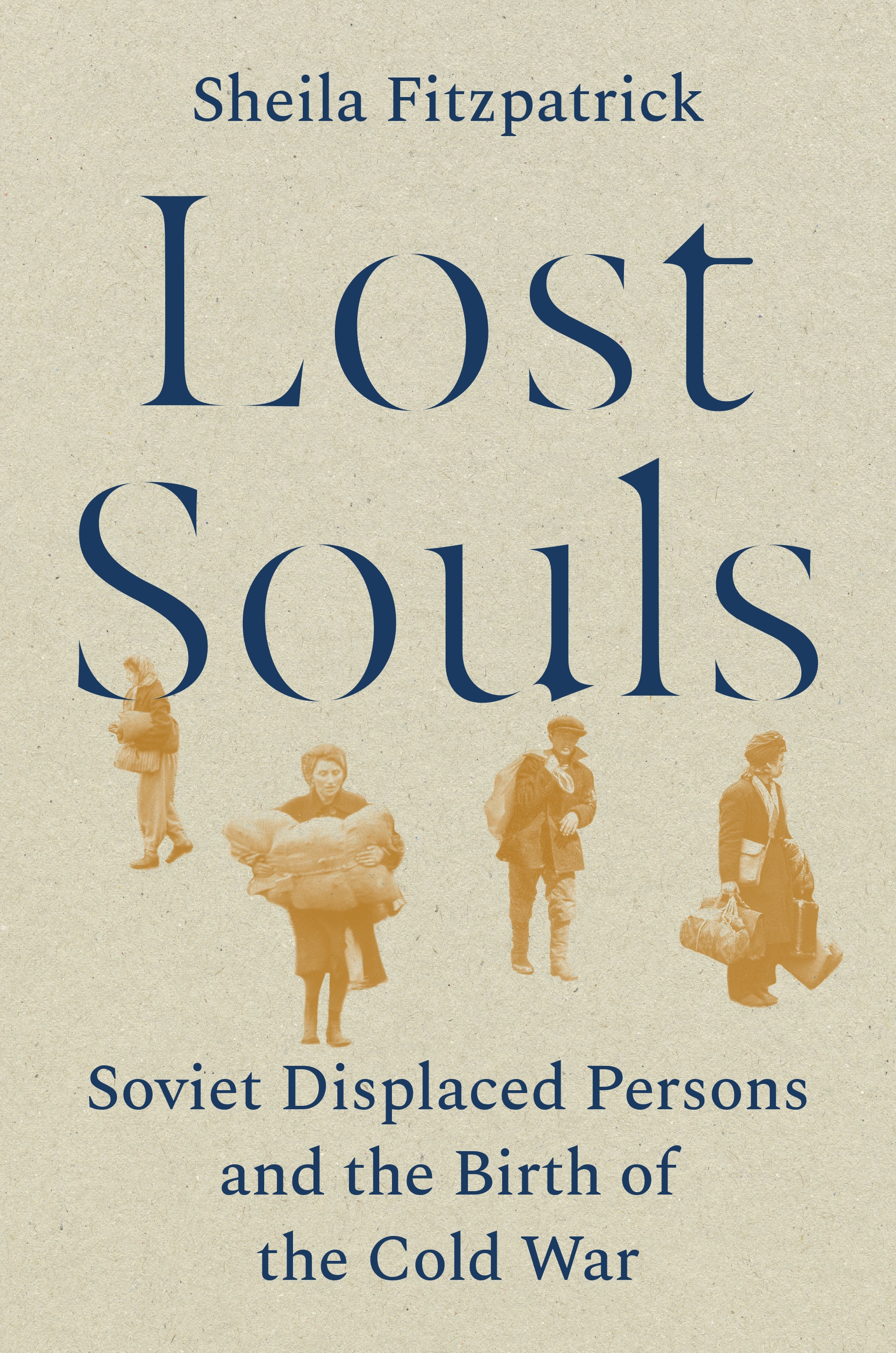
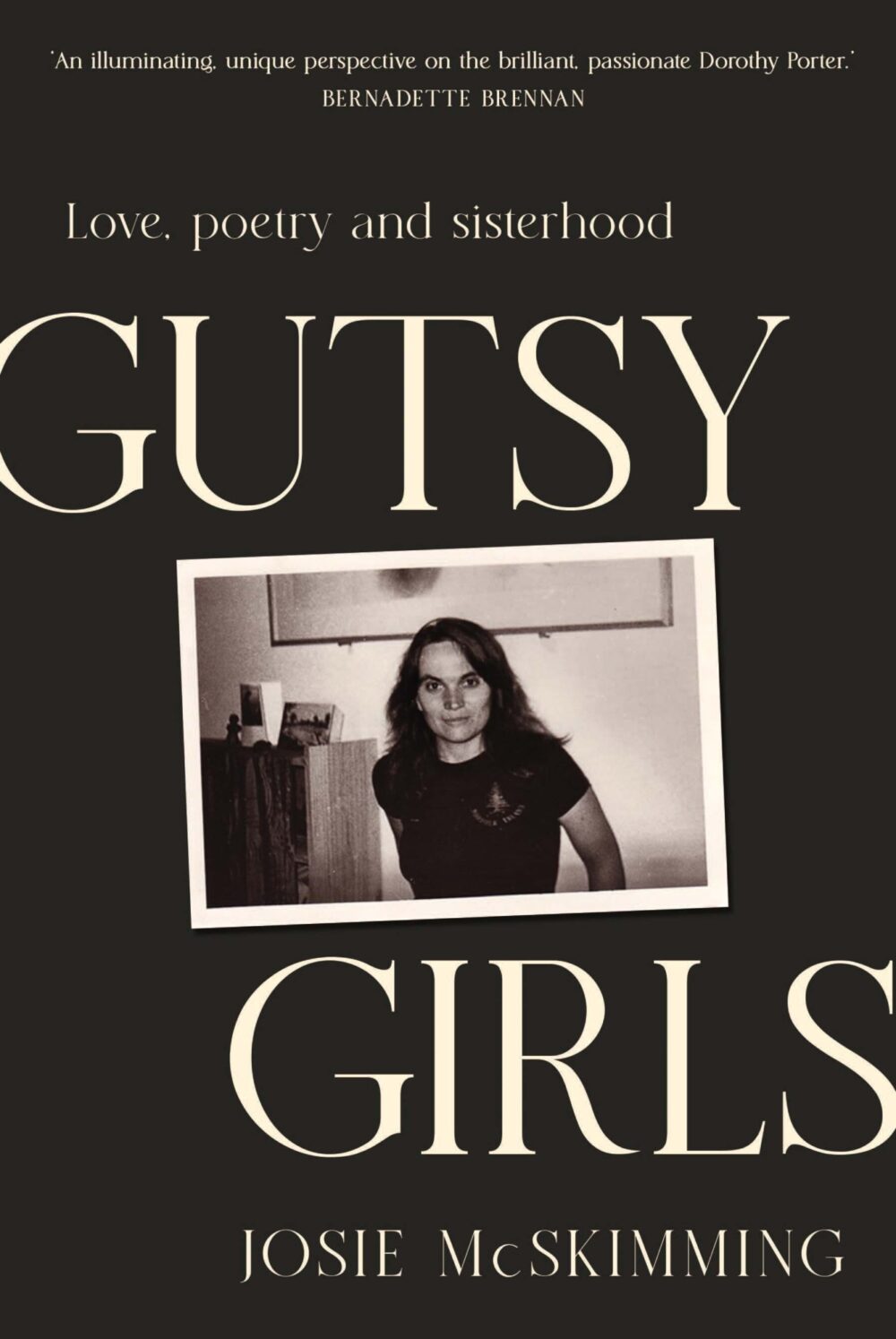

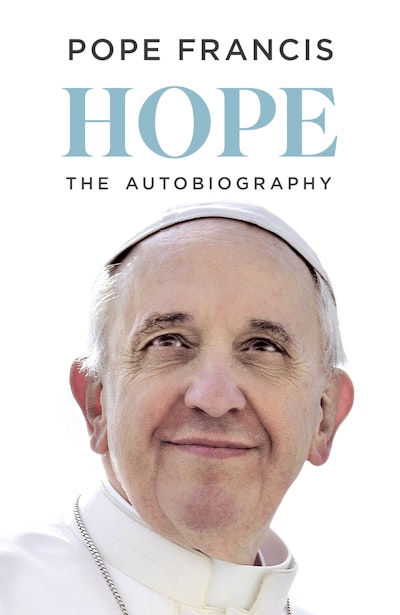
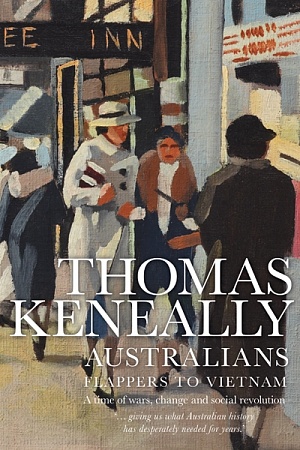


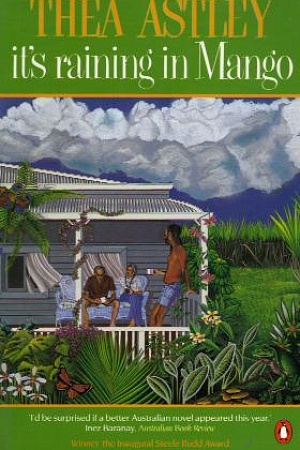




Comments (3)
The concept that all humans are born guilty was sublimated and elevated as a new religion by the tortured and ecstatic Saul of Tarsus. It culminated in the symbolic sacrifice on the cross of the mythical figure of Jesus of Nazareth, and his own martyrdom by decapitation under the reign of Nero in the year 67.
Freud studied the phenomenon of conscience much later in a somewhat different light. The earliest document that touches on the subject is Hesiod’s poem, Works and days which dates from 700 BC.
Conscience seems to have been something of an obsession with René Descartes who thought he had located the seat of the soul in the pineal gland, located between the eyes in the centre of the brain. The pineal gland had been documented as early as the third century BC by the Greek physician, Herophilus. Descartes postulated a connection between it and the eyes.
Madame Blavatsky, the founder of theosophy, identified the pineal gland as the “third eye”, the “organ of spiritual vision”. One-eyed monsters (cyclopes) are a common feature of Greek mythology and the “all seeing eye” was adopted by the Freemasons. The same symbol inspired Victor Hugo’s poem, La Conscience :
Then, with his children, clothed in skins of brutes,
Dishevelled, livid, rushing through the storm,
Cain fled before Jehovah. As night fell
The dark man reached a mount in a great plain,
And his tired wife and his sons, out of breath,
Said: "Let us lie down on the earth and sleep."
Cain, sleeping not, dreamed at the mountain foot.
Raising his head, in that funereal heaven
He saw an eye, a great eye, in the night
Open, and staring at him in the gloom.
"I am too near," he said, and tremblingly woke up
His sleeping sons again, and his tired wife,
And fled through space and darkness. Thirty days
He went, and thirty nights, nor looked behind;
Pale, silent, watchful, shaking at each sound;
No rest, no sleep, till he attained the strand
Where the sea washes that which since was Asshur.
"Here pause," he said, "for this place is secure;
Here may we rest, for this is the world's end."
And he sat down; when, lo! in the sad sky,
The selfsame Eye on the horizon's verge,
And the wretch shook as in an ague fit.
"Hide me!" he cried; and all his watchful sons,
Their finger on their lip, stared at their sire.
Cain said to Jabal (father of them that dwell
In tents): "Spread here the curtain of thy tent,"
And they spread wide the floating canvas roof,
And made it fast and fixed it down with lead.
"You see naught now," said Zillah then, fair child
The daughter of his eldest, sweet as day.
But Cain replied, "That Eye—I see it still."
And Jubal cried (the father of all those
That handle harp and organ): "I will build
A sanctuary;" and he made a wall of bronze,
And set his sire behind it. But Cain moaned,
"That Eye is glaring at me ever." Henoch cried:
"Then must we make a circle vast of towers,
So terrible that nothing dare draw near;
Build we a city with a citadel;
Build we a city high and close it fast."
Then Tubal Cain (instructor of all them
That work in brass and iron) built a tower—
Enormous, superhuman. While he wrought,
His fiery brothers from the plain around
Hunted the sons of Enoch and of Seth;
They plucked the eyes out of whoever passed,
And hurled at even arrows to the stars.
They set strong granite for the canvas wall,
And every block was clamped with iron chains.
It seemed a city made for hell. Its towers,
With their huge masses made night in the land.
The walls were thick as mountains. On the door
They graved: "Let not God enter here." This done,
And having finished to cement and build
In a stone tower, they set him in the midst.
To him, still dark and haggard, "Oh, my sire,
Is the Eye gone?" quoth Zillah tremblingly.
But Cain replied: "Nay, it is even there."
Then added: "I will live beneath the earth,
As a lone man within his sepulchre.
I will see nothing; will be seen of none."
They digged a trench, and Cain said: "'Tis enow,"
As he went down alone into the vault;
But when he sat, so ghost-like, in his chair,
And they had closed the dungeon o'er his head,
The Eye was in the tomb and fixed on Cain
.
Dear Alan,
.
There appears to be no obvious reason to presume that even the simplest of creatures is not capable of some form of primitive conscious thought (consciousness) as a means of interpreting sensorial information regarding its immediate environment. In his treatise on The Formation of Vegetable Mould, through the Action of Worms with Observations of their Habits (1881), Charles Darwin suggested that earthworms are cognitive beings because, based on his close observations, they have to make judgments about the kinds of leafy matter they use to block their tunnels.
As for our collective or national conscience, there has been much conjecture on the question of how we human beings managed to develop our propensity for altruism. Some suggest it was acquired genetically (Hamilton's Rule) and others, psychologically and culturally (Unto Others: The Evolution and Psychology of Unselfish Behavior, Sober & Wilson).
It was the French philosopher, Auguste Comte, who invented the term altruism as well as the term sociology (System of Positive Polity, or Treatise on Sociology, Instituting the Religion of Humanity, 1851–1854). He saw altruism as the solicitude for fellow human beings that would eventually constitute a new religion, replacing what he considered to be false, theological, pre-scientific, and metaphysical religion. Altruism has since become a household word but certainly not a religion, and Christianity, which Comte was no doubt referring to in such disparaging terms, continues to flourish in the world today as it did during his lifetime. Of all the existing religions, it is probably Buddhism which most closely resembles the sort of humanistic religion Comte had in mind as a substitute for Christianity, though Buddhism preceded Comte by roughly 2,350 years.
Despite the fact that the exact nature and extent of mankind's altruism is not as clearly identifiable scientifically as in the case of the biological altruism of social insect colonies and swarms of jellyfish, multiple behaviour patterns, nevertheless, clearly attest to its existence and widespread development both individually and collectively. The gradual evolution of the individual human being towards greater autonomy (free will) appears to have given him a keener sense of his responsibilities and awakened him to the plight of others, less fortunate and in need.
The source of this nascent altruism is probably to be found in his burgeoning social conscience. It is an unprecedented phenomenon in human development and authorises a certain amount of optimism as to the future evolution of human relationships. Perhaps even more importantly, it demonstrates that greater individual autonomy leads to more active, personal engagement in solidarity and not to the exacerbation of latent egoistic tendencies, as some might imagine.
.
Dear Alan (if I may),
.
You mention that “for men and women like Lefroy, consciousness and conscience were really the same thing” and that with the impending federation of the Australian colonies, the most pressing matter was the creation of a national conscience.
Conscience, of course, has to do with awareness of what is at stake from a moral point of view, discerning right from wrong. It has a religious connotation. There is no right or wrong in nature. There is only what is most efficient for survival and development.
The faculty nature has endowed us with is not conscience, the moral or religious sense, but consciousness, the awareness of reality and of what is most efficient for our survival and development.
It was the French sociologist, Emile Durkheim, who first suggested in his book, “Division of Labour in Society” (1893), that societies dispose of a common or collective consciousness, as a distinguishing feature similar to that of culture.
The collective consciousness of a nation, national consciousness or national identity is the sense of belonging to a nation as a cohesive whole, represented by its distinctive traditions, culture, language and politics. Whereas the collective conscience of a nation, or national conscience, should be understood as the core values of a nation, i.e., in the case of Australia, for example: a tolerant, open, liberal, and egalitarian society.
It was, without the slightest shadow of a doubt, the emergence of a national conscience that Charles Lefroy aspired to for the nascent federation, but certainly not the one you describe so delicately, yet so insistently, throughout this excellent, award-winning essay, “the other side of the frontier”.
.
Leave a comment
If you are an ABR subscriber, you will need to sign in to post a comment.
If you have forgotten your sign in details, or if you receive an error message when trying to submit your comment, please email your comment (and the name of the article to which it relates) to ABR Comments. We will review your comment and, subject to approval, we will post it under your name.
Please note that all comments must be approved by ABR and comply with our Terms & Conditions.